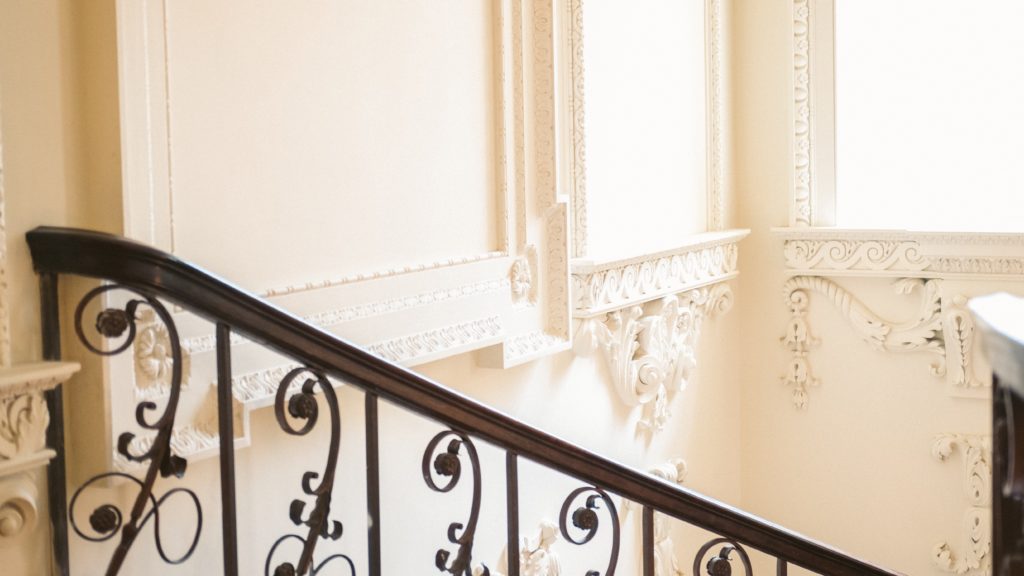
Molding is one of the most noticeable attributes in any home. Giving depth and complexity to space and adding a unique personality and character to its four walls.
Three common types of molding:
Crown Molding: Crown Molding is an architectural style that has only gotten better with age. Whether bold or subtle, crown helps add a level of sophistication to a room. Crown molding is the trim that lives just underneath the ceiling and extends down the wall. A timeless classic, the trim draws the eye upward, making the room feel grander by calling attention to the height of the ceiling. Larger, substantial crown molding can help distinguish a room’s proportions. By emphasizing the ceiling and perimeter, it makes the entire room feel more complete.

Door Casings: A door is an entry or exit for sure, but it is also the focal point of an entire room, an avenue through which countless friends and family will walk. Door casings are a way to highlight that. Door casings are the trims that surround a doorframe. Typically wrapping around into the next room, they add cohesion to overarching interior design by helping the eye transition from one room to another. It defines entranceways while protecting the wall from scratches, dents, and other blemishes. If you’re looking to update your interior design by adding or changing your door casings, there are a variety of door casings to help define your doorways.
Baseboards: Baseboards are the subtle addition to a room that makes all the difference. This perimeter trim helps to visually define the foundation of the room, and without them, the room can feel incomplete. Coming up the wall anywhere from one inch to ten, they are the detail that you’ll miss most when they aren’t there. Whether you want bold or subtle, expertly crafted baseboards will fit your home’s needs.
Once your new trim is installed, it’s important to finish it the right way. Whether painting a bright clean white, black, or the same as the wall, this detail lends a classic feel to the room.